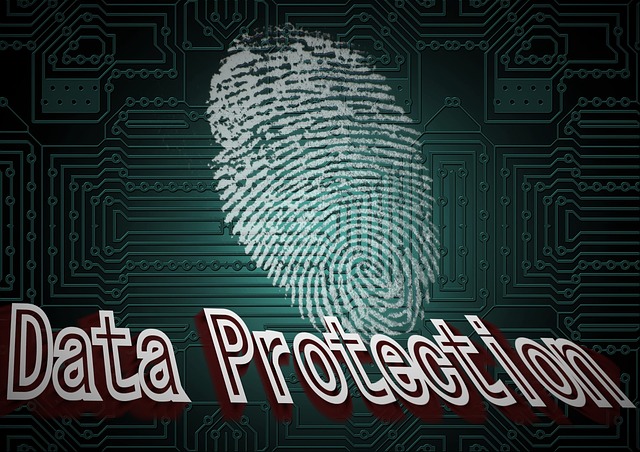A fingerprint is simply an impression left by a human hand on a face. This impression is produced by the short, sharp grooves between each one of the finger finger joints. The retrieval of partial fingerprints by a criminal scene is a significant method of forensic science.
Fingerprints typically contain at least 2 distinct, though typically identical, sets of alphabets that were squeezed to a wavy print. In order to give online police check good estimate of their individual characteristics and/or age, several types of analysis has to be run on the publish. Normally, fingerprints can be classified into one of the next five class characteristics. These five course features are; clear print, directional print, clear print without odor, latent print with odor, and unknown print.
Crime Scene Fingerprint Identification
is known as record fingerprinting. Many businesses have developed specialized equipment to ease the procedure for document fingerprinting. Documents that may be fingerprinted comprise; text, initials, page numbers, dates, times, and location of birth, divorce, marriage, deaths, and other critical events in an individual’s life. Documents which may be fingerprinted comprise; fingerprints of criminals, birth certificates, social security cards, driver licenses, and military documents. Document fingerprinting is a procedure that is presently being used to positively identify missing children, explore the backgrounds of certain individuals, and collect other sensitive data from documents that cannot be fingerprinted.
The process of fingerprinting requires two big pieces of equipment: the scanner, and the device that ready and capture the fingerprints. Both these gear pieces have many different attributes. They all have mechanisms to boost the amount of friction between the finger and the edges of the printing plate. The higher quantity of friction ridges creates a pattern that is unique to each fingerprint.

Some of the most common and most desired fingerprinting patterns are triangular and circular. Circular fingerprinting patterns can be considered as having the finger and the ridges of the print plate turning around. These circular fingerprint patterns create a smooth, flowing movement which isn’t very likely to cause friction. Triangular patterns are more like the movement of the hands and fingers. This sort of design causes a sharp edge that is slightly greater compared to the surrounding ridges and makes a smooth fluid motion.
Two distinct approaches are utilized to reduce friction ridges in fingerprints. These methods are known as superlubrication and dip coating. Superlubrication utilizes an oil-based lubricant to be certain that there is no oil build up on the surface of the print plate when the finger is placed on it. This method will online police check reduce the quantity of friction that happens on the plate and the ridges. Dip coating involves applying a thin coating of grease or oil onto the surface of the fingerprint plate to create a non-porous surface.
Fingerprinting can be used in various unique ways. Many people decide to use it for identification purposes at crime scenes and other sensitive places. Non-public areas such as a prison, bank, or court house will often have a fingerprinting station installed. Other individuals may choose to use a distinctive tattoo kit to produce their own unique fingerprint for themselves. Using either method, the victim may have their fingerprint readily available when they want it.
Crime Scene Fingerprint Identification
The accuracy of fingerprint identification systems will vary depending upon the particular device being used. Generally, if the system can process at least 90% of fingerprints then it is considered a top excellent machine. Premium quality machines are expensive, but the investment will be well worth it if the crime scene is cleaned correctly. By using an accurate fingerprint identification system on the crime scene, officials tend to be less likely to have to spend precious time attempting to match the fingerprint of the defendant to that of their victim.
